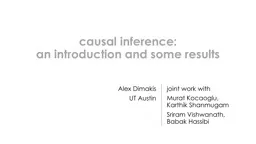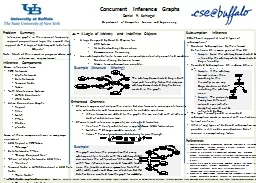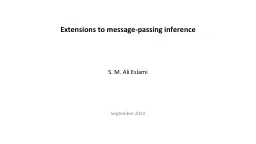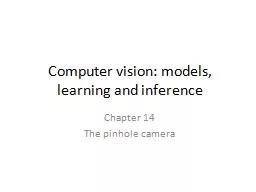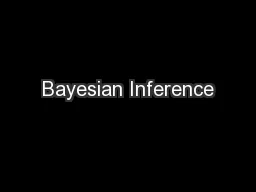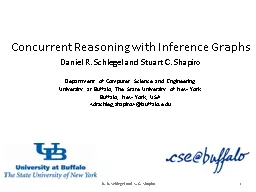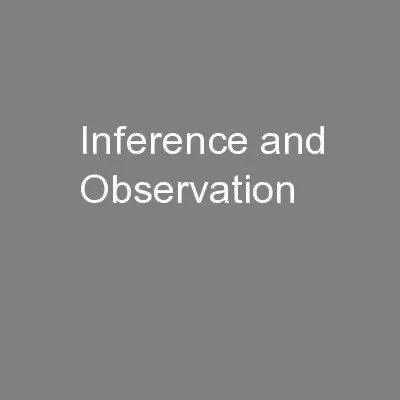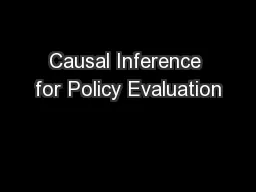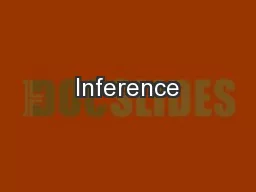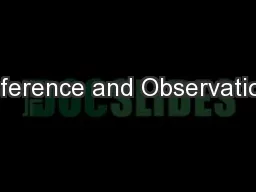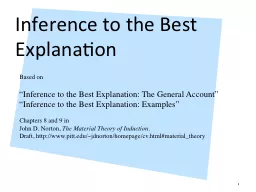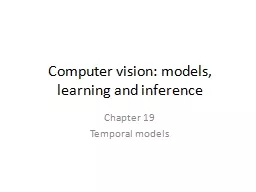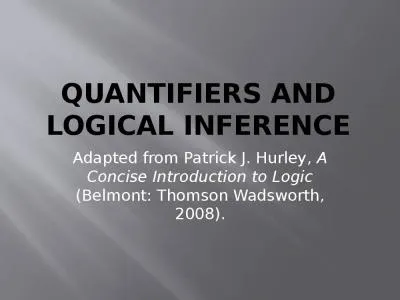PPT-c ausal inference: an introduction and some results
Author : danika-pritchard | Published Date : 2018-11-21
Alex Dimakis UT Austin j oint work with Murat Kocaoglu Karthik Shanmugam Sriram Vishwanath Babak Hassibi Overview Discovering causal directions Part 1
Presentation Embed Code
Download Presentation
Download Presentation The PPT/PDF document "c ausal inference: an introduction and s..." is the property of its rightful owner. Permission is granted to download and print the materials on this website for personal, non-commercial use only, and to display it on your personal computer provided you do not modify the materials and that you retain all copyright notices contained in the materials. By downloading content from our website, you accept the terms of this agreement.
c ausal inference: an introduction and some results: Transcript
Download Rules Of Document
"c ausal inference: an introduction and some results"The content belongs to its owner. You may download and print it for personal use, without modification, and keep all copyright notices. By downloading, you agree to these terms.
Related Documents

